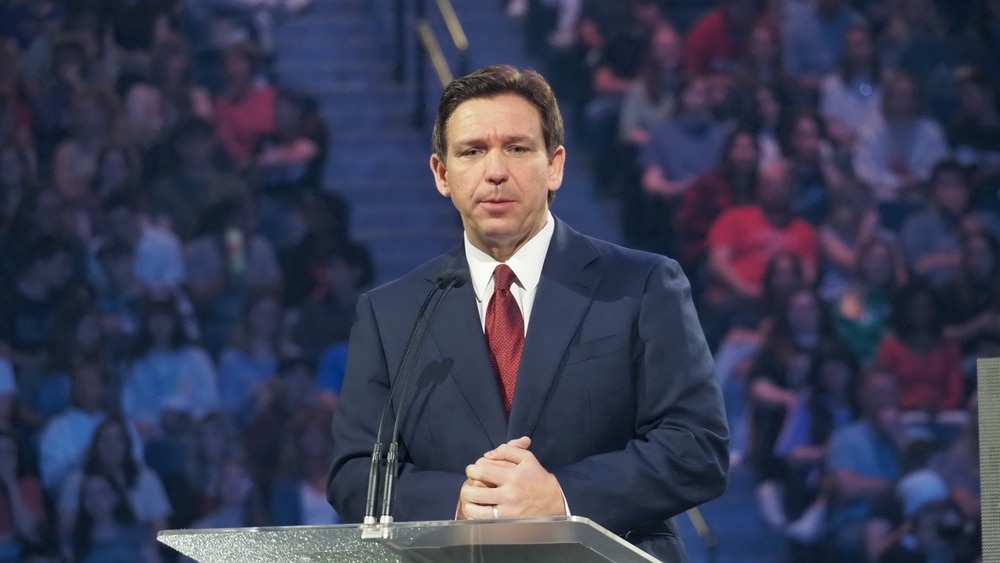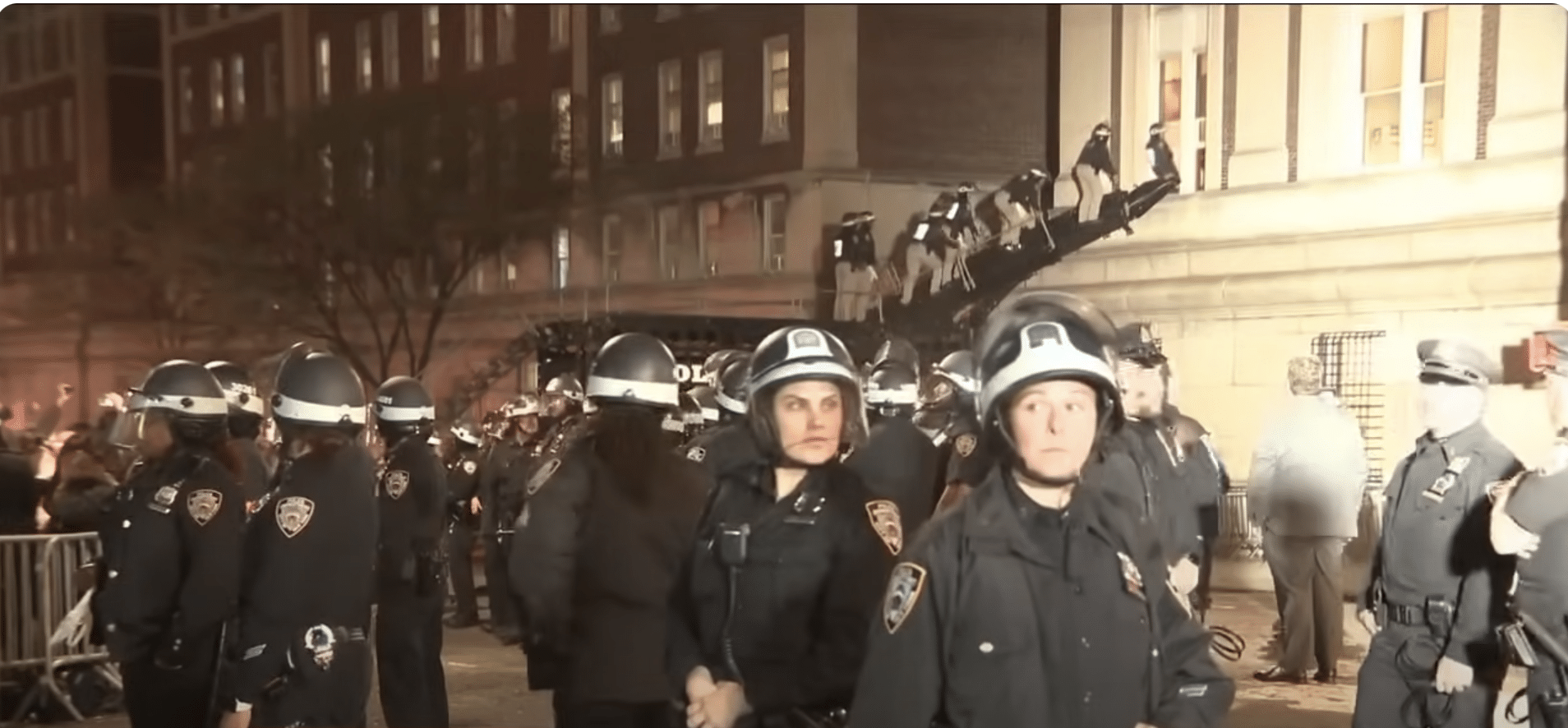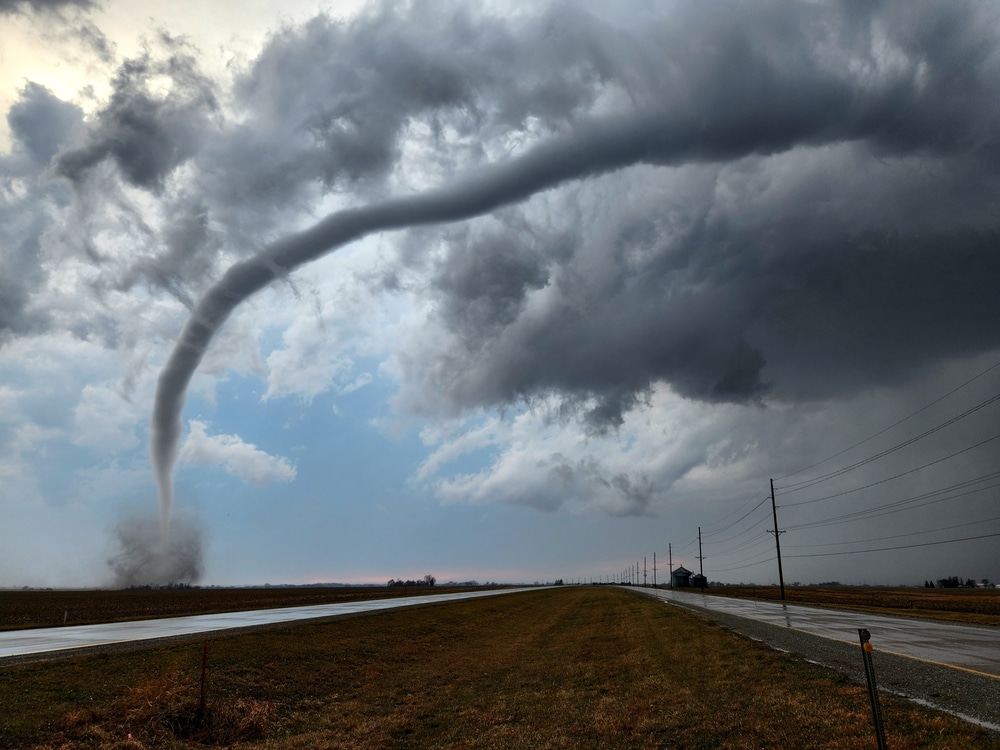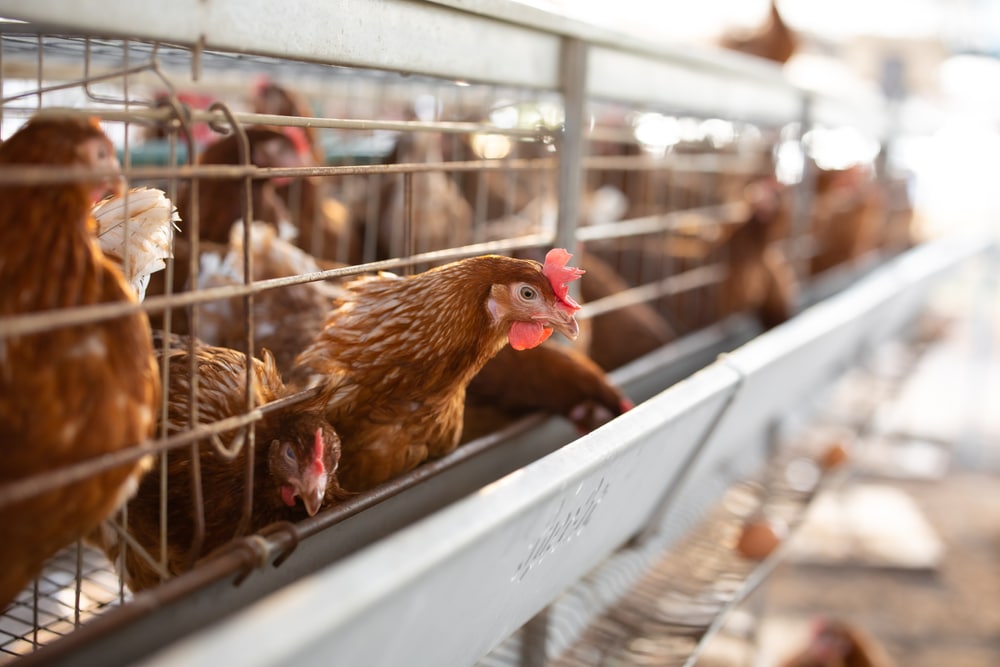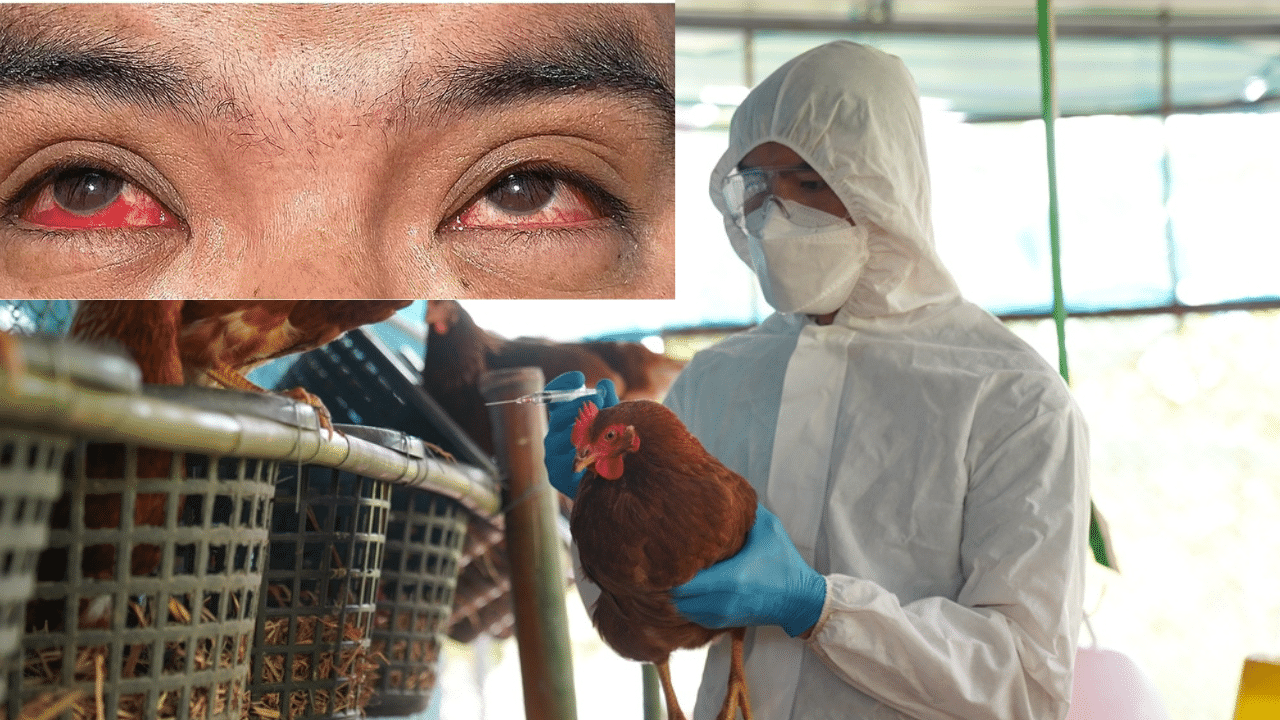The American West’s megadrought deepened so much last year that it is now the driest in at least 1,200 years and is a worst-case climate change scenario playing out live, a new study finds.
A dramatic drying in 2021 — about as dry as 2002 and one of the driest years ever recorded for the region — pushed the 22-year drought past the previous record-holder for megadroughts in the late 1500s and shows no signs of easing in the near future, according to a study Monday in the journal Nature Climate Change.
The study calculated that 42% of this megadrought can be attributed to human-caused climate change. “Climate change is changing the baseline conditions toward a drier, gradually drier state in the West and that means the worst-case scenario keeps getting worse,” said study lead author Park Williams, a climate hydrologist at UCLA.
“This is right in line with what people were thinking of in the 1900s as a worst-case scenario. But today I think we need to be even preparing for conditions in the future that are far worse than this.”
According to USN, Williams studied soil moisture levels in the West — a box that includes California, Wyoming, Utah, Nevada, Arizona, most of Oregon and Idaho, much of New Mexico, western Colorado, northern Mexico, and the southwest corners of Montana and Texas — using modern measurements and tree rings for estimates that go back to the year 800.
That’s about as far back as estimates can reliably go with tree rings. A few years ago, Williams studied the current drought and said it qualified as a lengthy and deep “megadrought” and that the only worse one was in the 1500s. He figured the current drought wouldn’t surpass that one because megadroughts tended to peter out after 20 years.
And, he said, 2019 was a wet year so it looked like the western drought might be coming to an end. But the region dried up in late 2020 and 2021. All of California was considered in official drought from mid-May until the end of 2021, and at least three-quarters of the state was at the highest two drought levels from June through Christmas, according to the U.S. drought monitor.







